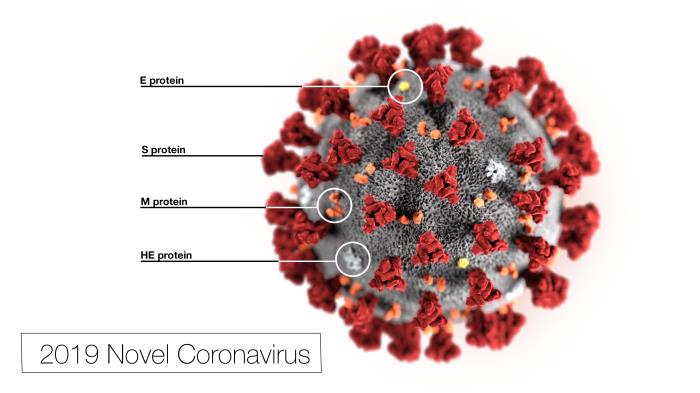
02 Apr COVID-19: Early Antiviral Treatment Linked To Reduced Severity and Improved Prognosis
MedicalResearch.com Interview with:
Hongcui Cao, M.D.
State Key Laboratory for the Diagnosis and Treatment of Infectious Diseases
National Clinical Research Center for Infectious Diseases
The First Affiliated Hospital
College of Medicine, Zhejiang University
Hangzhou, China
MedicalResearch.com: What is the background for this study?
Response: The proportion of severe novel coronavirus disease (COVID-19) cases has dropped significantly. Specifically, this number has decreased from 32.4% on January 28 to 21.6% in Wuhan and to 7.2% in other provinces of China on February. Measures such as strengthened medical support and centralized isolation greatly contributed to the improved circumstances, and laid a solid foundation for further enhancing the cure rate and reducing the mortality rate. However, there are still hundreds of severe patients dying every day. It is extremely important to make timely and efficient diagnosis and initiate treatment for severe patients.
MedicalResearch.com: What are the main findings?
- The elderly and patients with underlying diseases, such as cardiovascular and cerebrovascular diseases and endocrine system diseases, are more likely to experience a severe progression of COVID-19.
- Early antiviral treatment contributes to alleviate the severity and improve the prognosis of patients with COVID-19.
MedicalResearch.com: What should readers take away from your report?
- Timely antiviral treatment should be initiated to slow the disease progression and improve the prognosis;
- More care should be given to the elderly and patients with underlying diseases, such as cardiovascular and cerebrovascular diseases and endocrine system diseases.
MedicalResearch.com: What recommendations do you have for future research as a result of this work?
Response: The proportion of serious cases is still very high, and effective treatment is needed for this highly infectious disease. In our next study, we will analysis the clinical characteristics, and prognosis of patients with western medicine (WM) treatment, such as interferon A, lopinavir / ritonavir and traditional Chinese medicine (TCM) combined with WM (TCM-WM) treatment and compare the effects of different treatments therapeutic schedule on COVID-19. We believe that our findings will contribute to a more effective treatment for COVID-19. In fact, we have finished the research and believe it will be published soon.
MedicalResearch.com: Is there anything else you would like to add?
Response: Up to now, the epidemic situation in China has been effectively controlled, but the epidemic situation in other countries and regions is spreading rapidly. Each country’s response measures are different, but the problems are basically the same. For example, the treatment of severe patients, control of infectious sources, vaccine development and so on. We should share experiences and data to fight the epidemic together.
Citation:
Wu, J., Li, W., Shi, X., Chen, Z., Jiang, B., Liu, J., Wang, D., Liu, C., Meng, Y., Cui, L., Yu, J., Cao, H. and Li, L. (2020), Early antiviral treatment contributes to alleviate the severity and improve the prognosis of patients with novel coronavirus disease (COVID‐19). J Intern Med. Accepted Author Manuscript. doi:10.1111/joim.13063
JOIN OUR EMAIL LIST
[mailpoet_form id="5"]We respect your privacy and will never share your details.
[last-modified]
The information on MedicalResearch.com is provided for educational purposes only, and is in no way intended to diagnose, cure, or treat any medical or other condition. Always seek the advice of your physician or other qualified health and ask your doctor any questions you may have regarding a medical condition. In addition to all other limitations and disclaimers in this agreement, service provider and its third party providers disclaim any liability or loss in connection with the content provided on this website.
Last Updated on May 12, 2020 by Marie Benz MD FAAD

